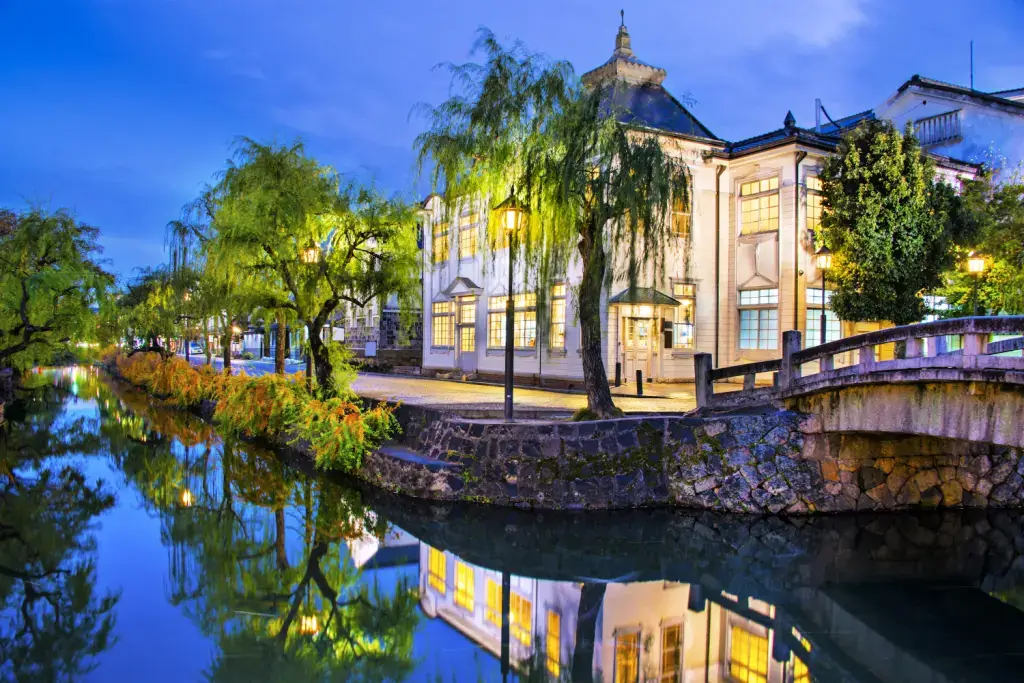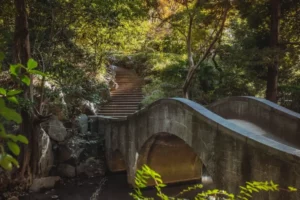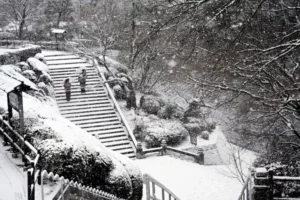Okayama Prefecture is a great place to stop if you plan to explore Western Japan because it has history, art, and beautiful scenery. It is located between Hiroshima and Hyogo and is famous for its delicious peaches and denim. In the heart of Okayama, Kurashiki City also has beautifully preserved Edo-period buildings and canals. Here are the top five places to explore in Kurashiki City!
Table of Contents
ToggleKurashiki Bikan Historical Quarter
The Kurashiki Bikan Historical Quarter, or simply the Bikan Quarter, was once Kurashiki’s political and commercial center. During the Edo Period (1603-1867), the city played an essential role in the distribution of rice in Japan. Officials placed large amounts of rice in storehouses in Kurashiki before people shipped them to Osaka and Tokyo. Since rice was essential, Kurashiki was put under the direct control of the shogunate.
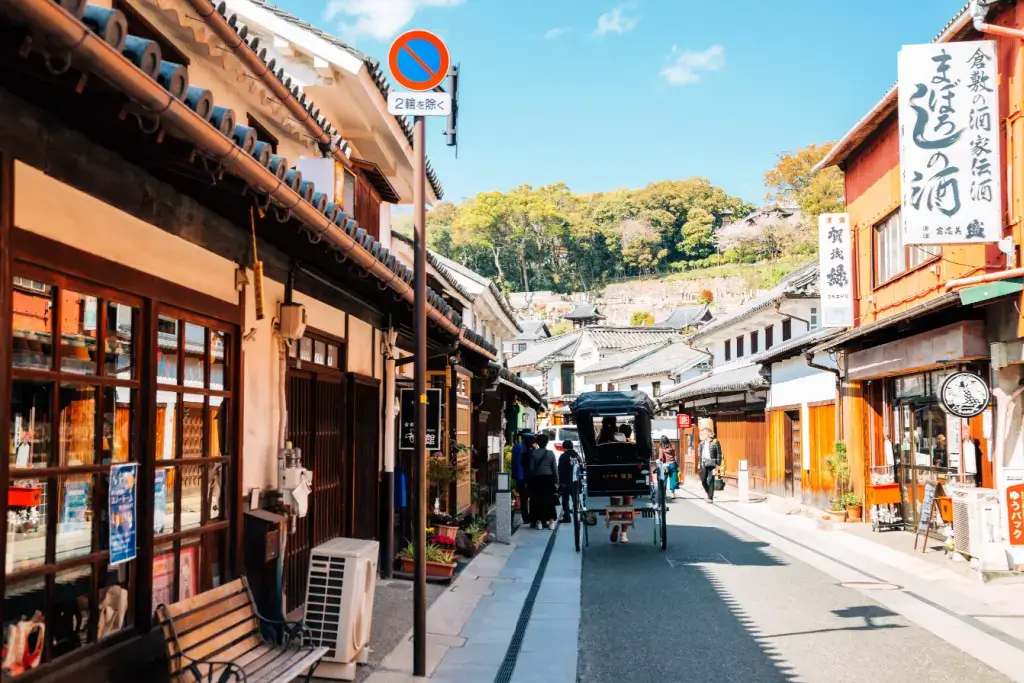
The city center builders constructed canals to help boats navigate between the city’s storehouses and the nearby port. As a result, some people call the Bikan Quarter the “Venice of Japan” due to its beautiful canals. The canal system has preserved the Bikan Quarter, allowing visitors to see Western-influenced and Edo Period architecture. Shops and cafes now occupy many 17th-century warehouses featuring white walls with traditional black tiles.
Achi Shrine
Mt. Tsurugata, which overlooks Kurashiki, is the location of Achi Shrine. According to historical documents, Emperor Ojin founded the Aichi Shrine in the 4th Century AD. The shrine was an essential stop for travelers and merchants who traveled along the Seto Inland Sea. After a fire destroyed the original, the current main shrine was built in 1749.
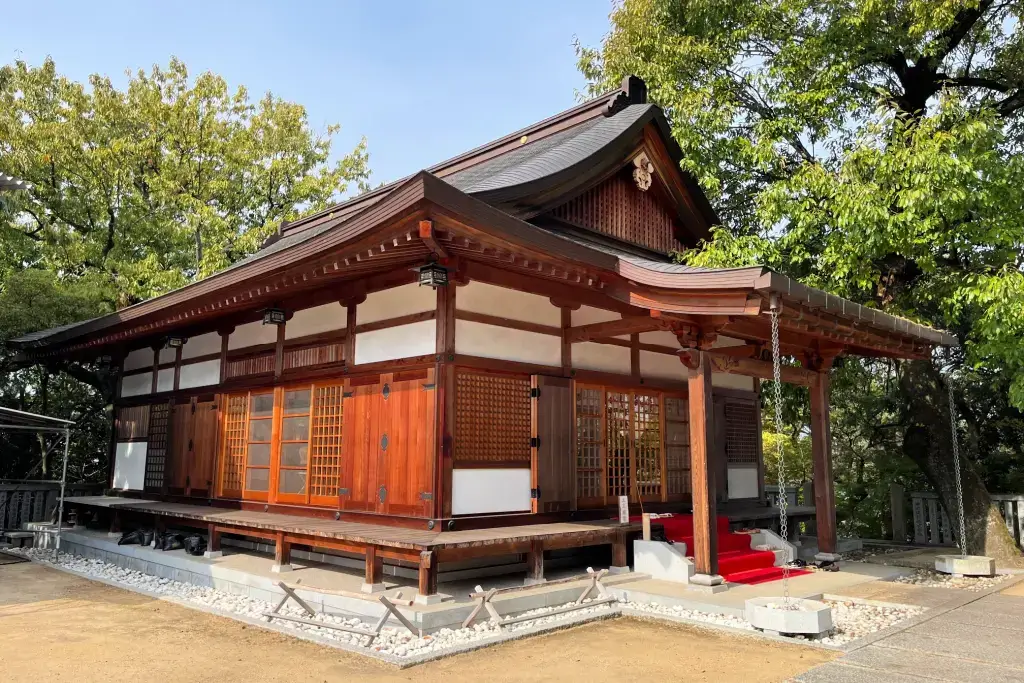
A unique feature of this shrine is its omikuji (fortune paper) system. You tie the fortune you receive on a string surrounding a Mokkoku tree. However, unlike other shrines, you tie the omikuji in a section based on your zodiac sign. The Mokkoku tree is said to be the longest-living on the shrine grounds and is associated with making good relationships. Tying the paper in your zodiac sign section will bring you good luck.
Achi Shrine is also famous for its wisteria tree, which is a rare type and estimated to be between 300 and 500 years old. Many people come to see the tree when it is blooming to wish for a long life and good health.
Are you looking for some fantastic snacks while on tour in Okayama? Check out Sakuraco! Sakuraco delivers traditional Japanese snacks, teas, sweets, and snacks from Japan to your door every month so that you can enjoy Japan’s taste anywhere!
Ohara Museum of Art
The Ohara Museum of Art is Japan’s oldest private museum of Western art. The museum opened in 1930 and consisted of primarily French paintings and sculptures of the 19th and 20th centuries. It now exhibits Italian Renaissance, Dutch, and Flemish 17th-century and 20th-century American and Italian art pieces. Finally, the museum has three buildings: the Main Gallery, Annex Gallery, and Handicrafts/Eastern Gallery.
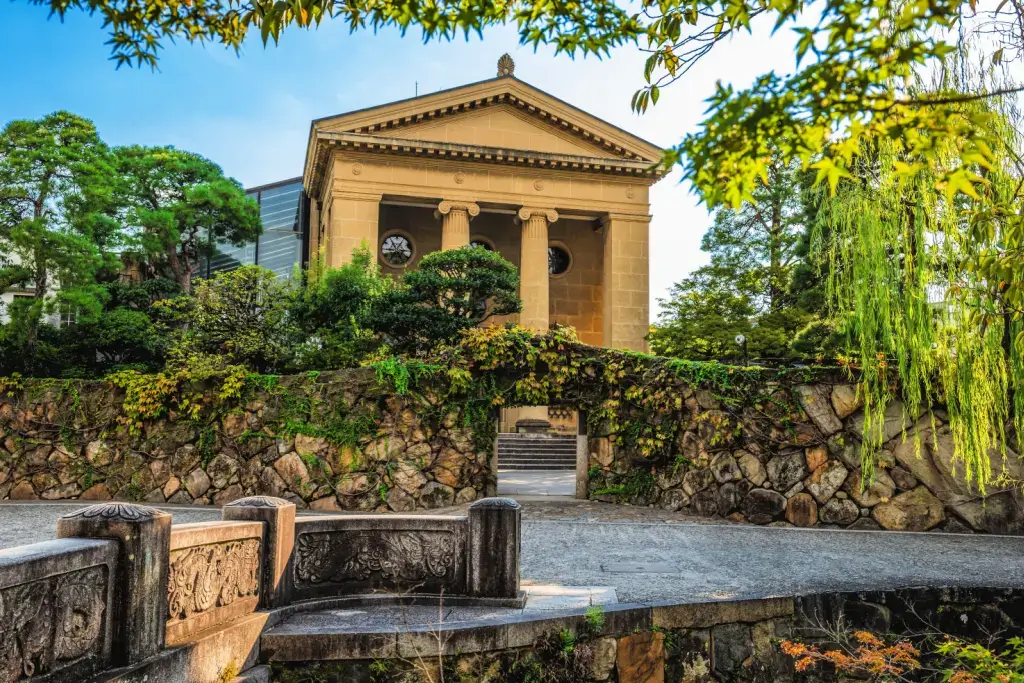
A Greek temple inspired the Main Gallery’s design, and its appearance has been maintained since its establishment. Artworks by artists such as Picasso, El Greco, and Gauguin can be seen here. The Annex features Japanese artists’ works, including oil paintings and sculptures. The Handicrafts/Eastern Gallery displays ceramics, woodblock prints, artifacts from Egypt, and antiques from China.
The Ohashi House
The Ohashi House is a house that belonged to the Ohashi family. They were wealthy rice and salt merchants in Kurashiki during the Edo Period. The family’s ancestors include a samurai who served the Toyotomi clan. Following the Toyotomi clan’s defeat in 1615, the family fled to Kurashiki in 1705. In 1796, they built a merchant house now designated a nationally crucial cultural asset.
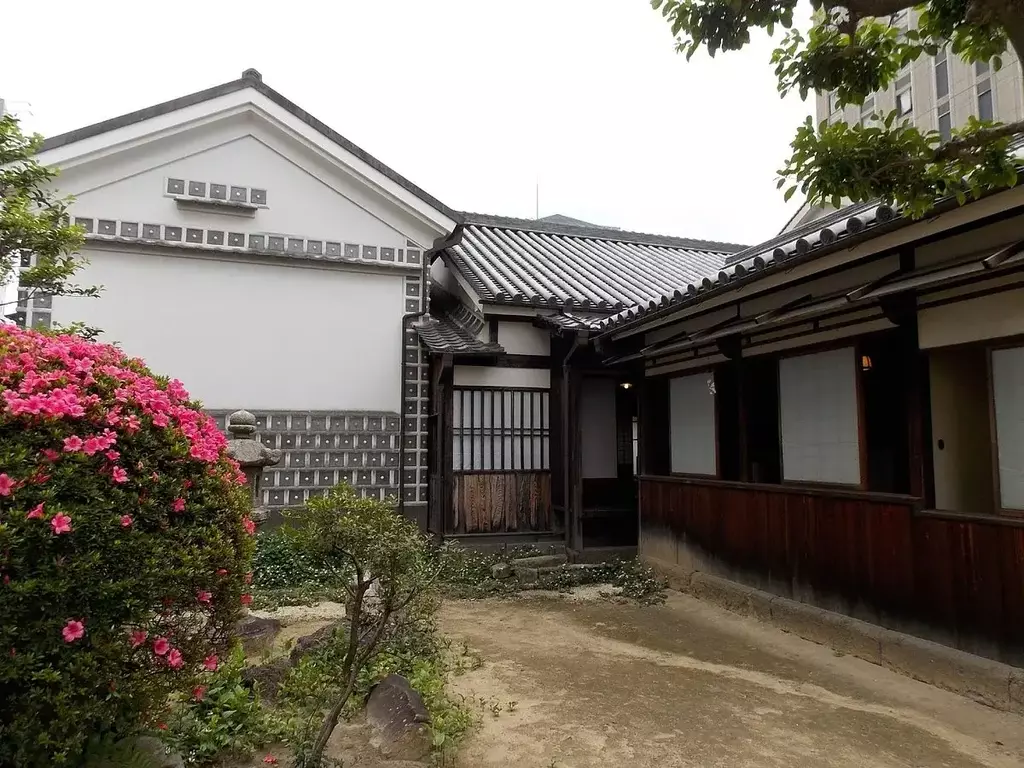
The house features various elements that show how wealthy and successful the Ohashi family was. One of the most distinguishing elements is that, unlike other machi-ya houses, the Ohashi house isn’t directly on the road. It also has a front gate and an open area, which allowed only samurai residences. Inside the house, you can find many family heirlooms and Edo-era furniture.
Mount Washuzan
Outside the city center of Kurashiki, you can find Mount Washuzan. Mount Washuzan is a designated National Site of Scenic Beauty famous for Paleolithic Age ruins. More specifically, the name “washu“ means “eagle wing”. It is said that from above, the mountain’s shape looks like an eagle with its wings out. From the observatories on top of the mountain, you can see beautiful views of the Seto Inland Sea and the Seto Bridge.
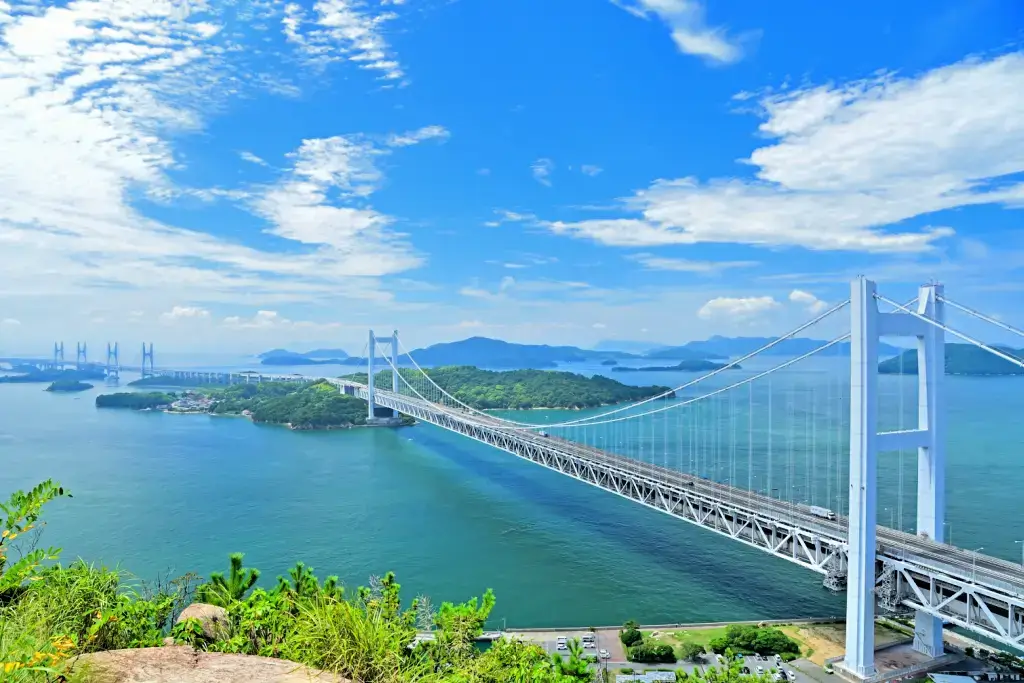
Mount Washuzan is also considered one of the best places in Japan to see the sunset. The golden colors reflecting off the sea make it a sight worth seeing! The mountain can be accessed by taking the Shimotsui Loop Bus from JR Kojima Station.
Why should I visit Kurashiki City in Okayama Prefecture?
Kurashiki played an essential role during the Edo period in Japan, storing rice that helped feed people across the country. By visiting Kurashiki City, you can get a sense of this historical period by visiting sites such as Kurashiki Bikan Historical Quarter and the Ohashi House. You can also feel how old Kurashiki is by visiting the Achi Shrine and seeing its centuries-old trees.
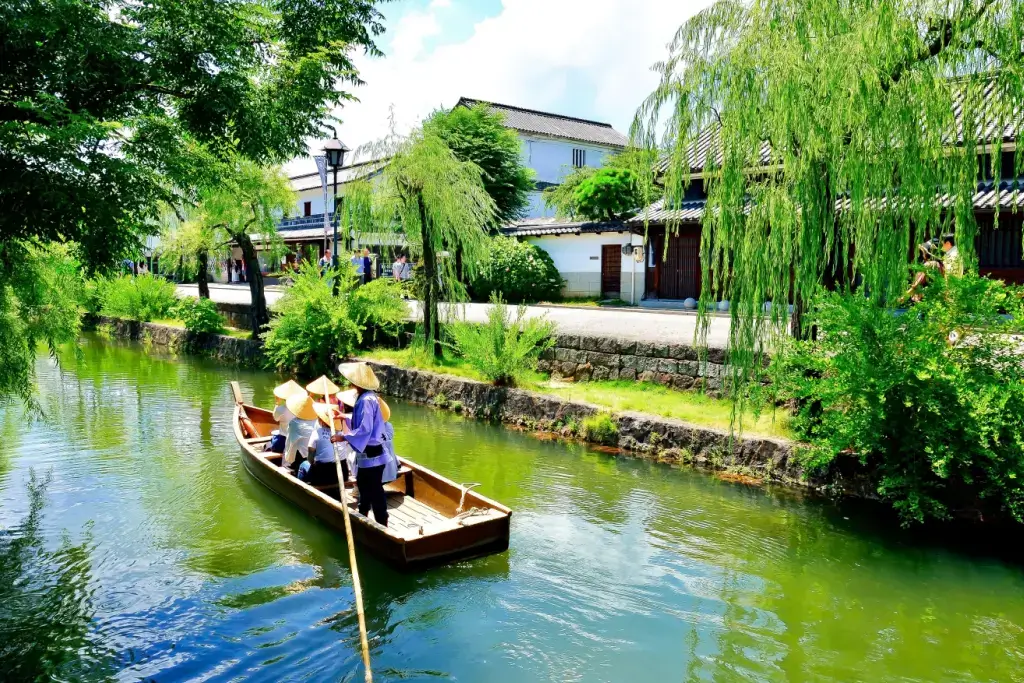
Moreover, if you love art, you can find specific Western artworks that you cannot find anywhere else in Japan, such as the Ohara Museum of Art. Finally, watching the sunset with your friends or family at Mount Washuzan will be a memorable experience. Which places do you want to visit in Kurashiki and why? Let us know in the comments below!


